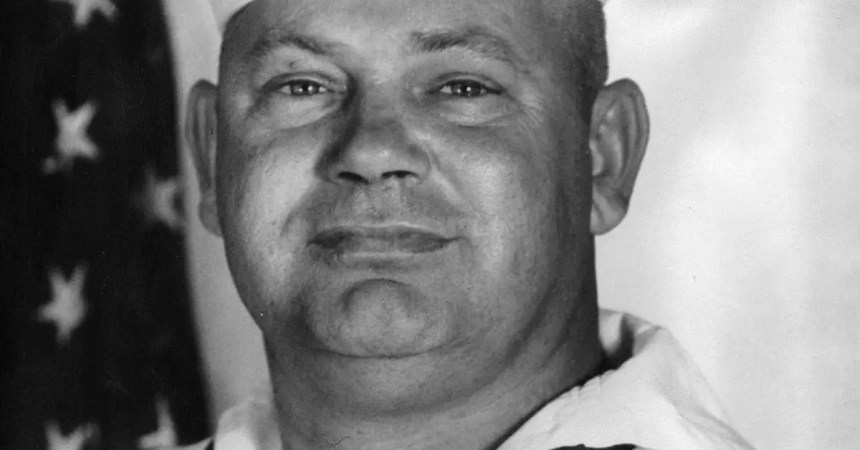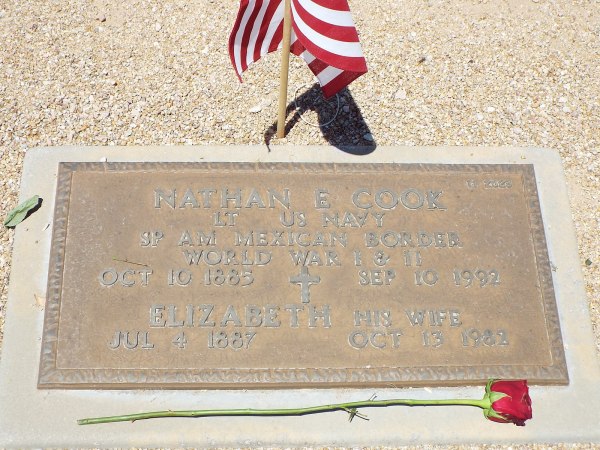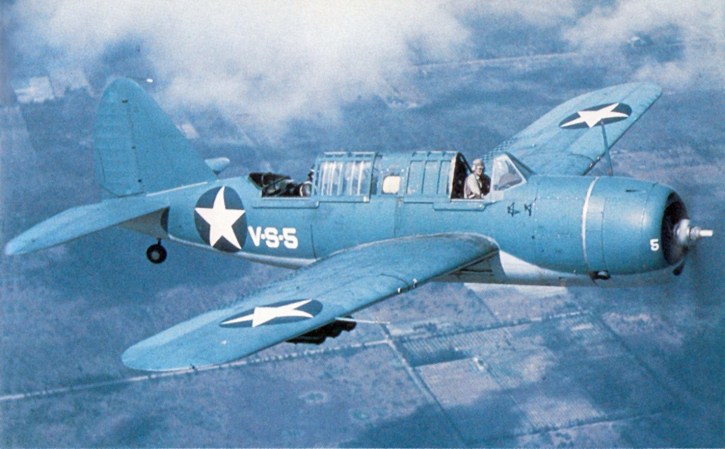Every branch of the military has a specific ranking system that takes time and effort to move up through. Although each branch has different names for their ranks, the Navy’s system is different in comparison to the Air Force, Army, and the Marine Corps.
You can look at any service member and clearly notice their rank either on their sleeves or collar devices. You can also imagine what experiences they’ve had based on that rank and the ribbons on their rack — but you wouldn’t have a clue on their specific job title.
If spot a modern era sailor walking around sporting his or her dress blues, look below that perched crow (E-4 to E-9) on their left sleeve, and you’ll be able to tell how they contribute to their country.

The image above showcases a rating badge consisting of three-inverted chevrons, one-inverted rocker, a perched crow, a five-point star (which makes the sailor an E-8), and the well-respected caduceus medical symbol (the specialty mark).
Only Hospital Corpsmen are allowed to wear the caduceus, as it applies to their distinguished military occupation.
In 1886, the Navy authorized sailors to wear these rating badges and created 15-specialty marks to recognize various fields of expertise.
Up until the late 1940s, it was up to the sailor on which sleeve they wore the rating badge on if they had issues deciphering which side was port (left) or starboard (right) as a reminder.

After the time period, the Navy established the rating badge be worn on the left for uniformity purposes. That same tradition is followed today.


















